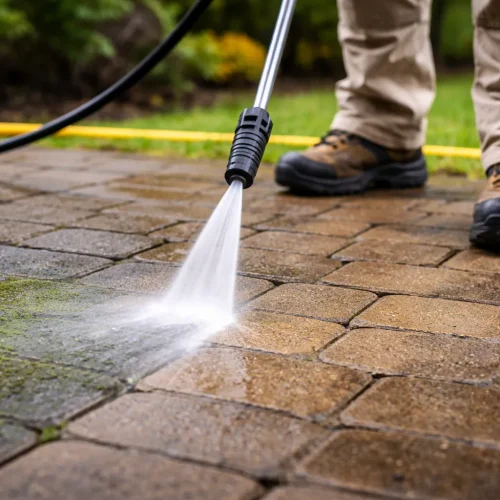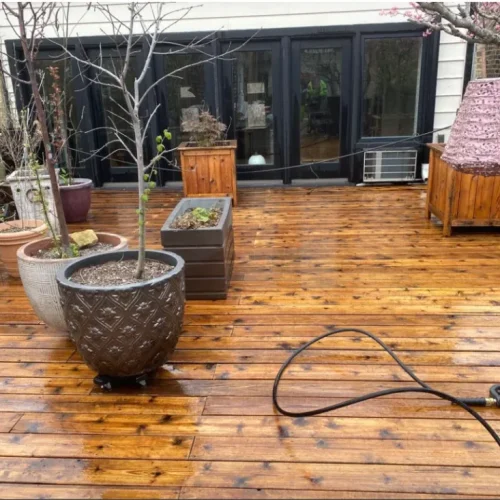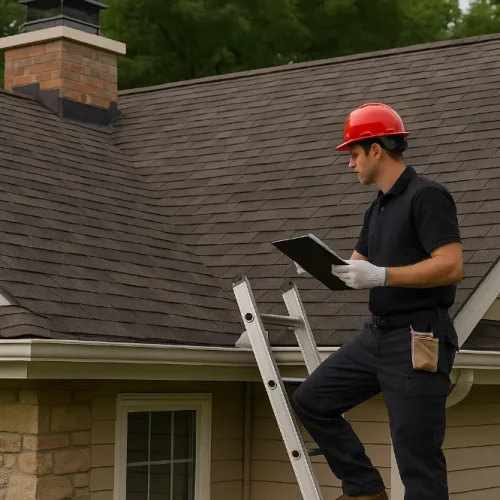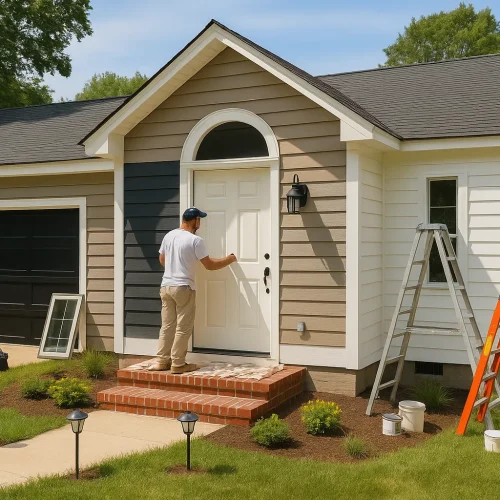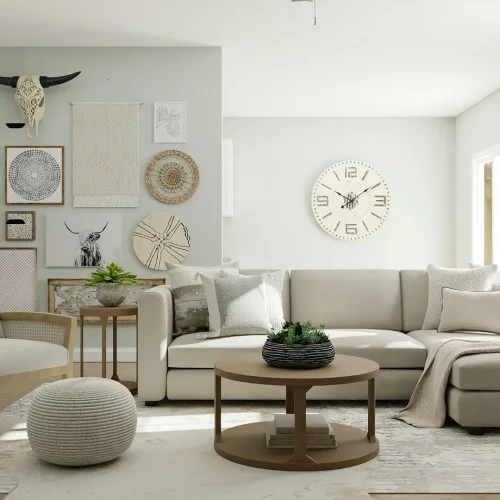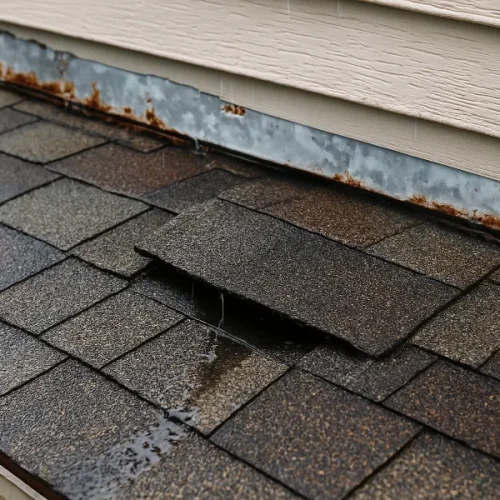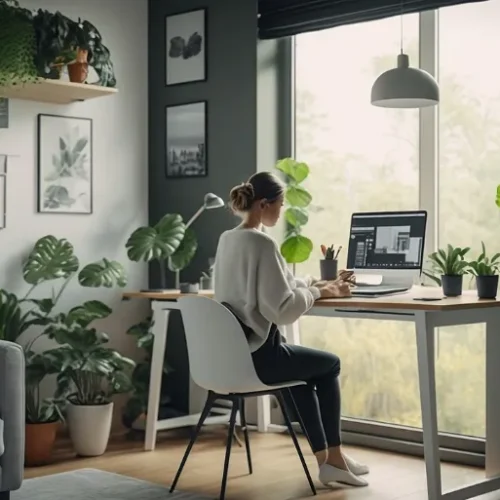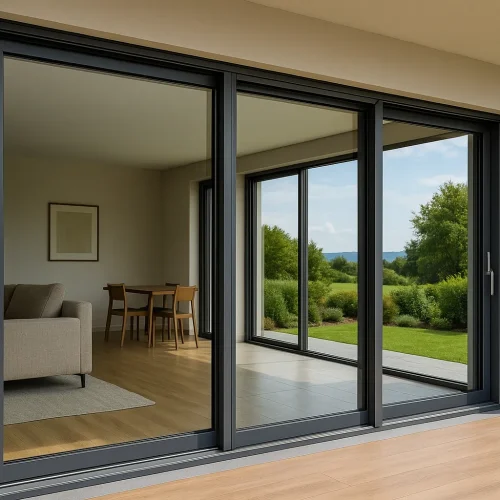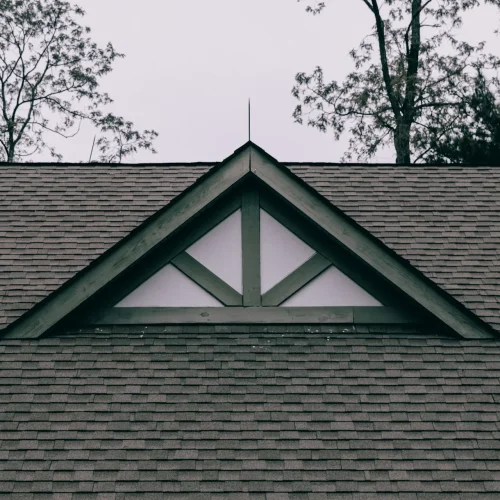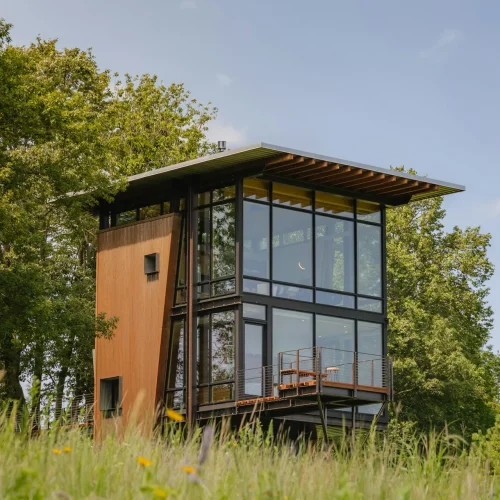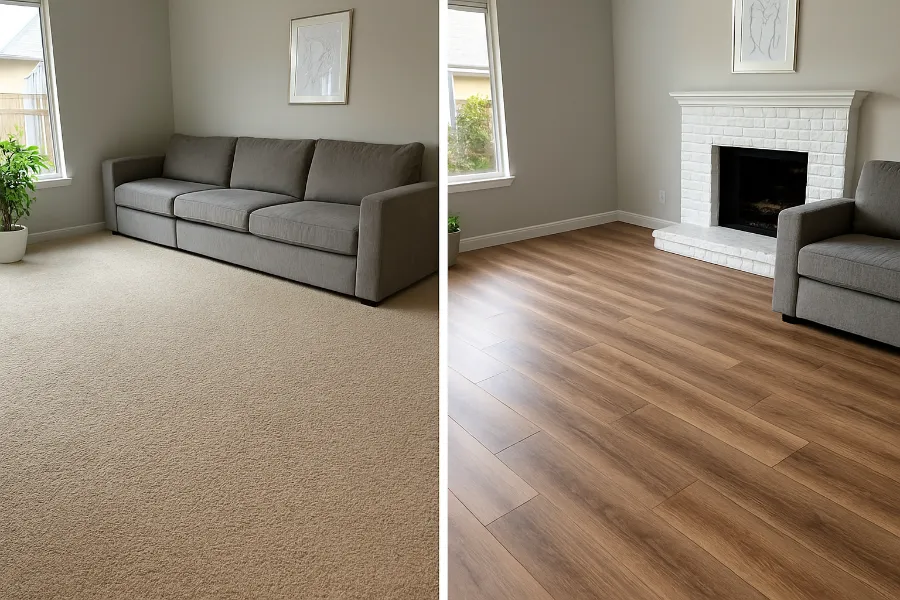
When it comes to home renovations, there’s one upgrade that makes an instant impact—flooring before and after transformations. Flooring isn’t just the surface you walk on; it sets the tone for your home, ties design elements together, and completely changes how a space feels. The moment you swap tired, outdated floors for something new, the entire room shifts from dull to dazzling.
Whether it’s tearing out worn carpet, replacing chipped tiles, or upgrading outdated hardwood, flooring before and after stories remind us of the power of design underfoot. Let’s explore how these transformations reshape homes, what materials lead the pack, and why your next renovation project should probably start with the floors.
The Impact of Flooring Before and After
Floors anchor a room. They’re the first surface you touch when you step inside, and they subtly dictate how everything else feels—your walls, your furniture, even the natural light bouncing across the room.
A fresh coat of paint can make a difference, but compare paint with a flooring before and after project and you’ll see why homeowners rave about the latter. The truth? New flooring creates a cleaner, brighter, and more cohesive environment, and the effect is immediate.
Think of flooring as the foundation of interior design. If the floors look outdated, everything else feels dragged down with them. But when they’re modern, stylish, and fresh, even older furniture looks new again.
Popular Flooring Transformations
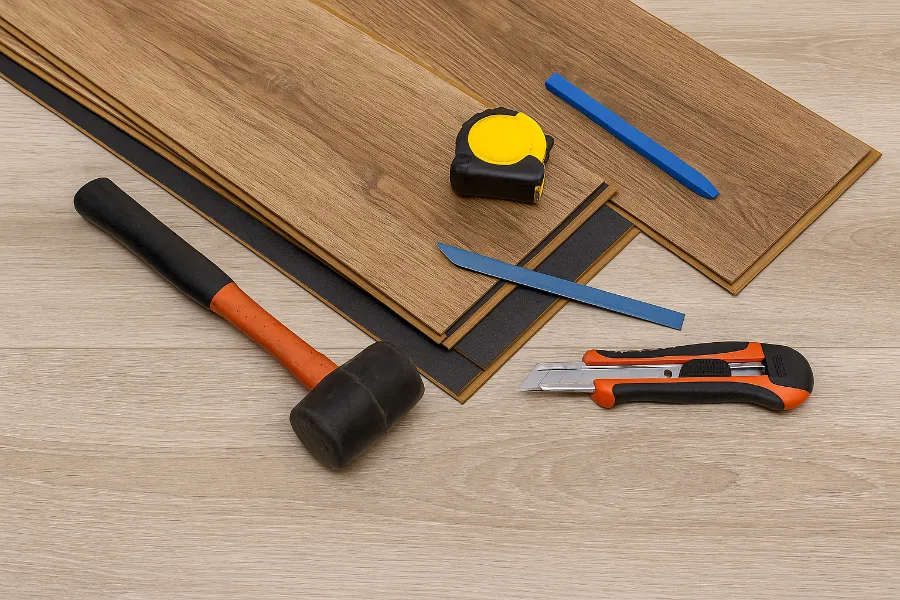
From Carpet to Vinyl Plank
One of the most common flooring before and after projects is swapping old carpet for luxury vinyl plank (LVP). Carpets may have been cozy decades ago, but today they’re notorious for trapping dust, allergens, and pet odors.
Installing LVP gives a room new life. It mimics hardwood with stunning realism, but it’s scratch-resistant, waterproof, and much easier to maintain. Families with pets or kids love this transformation—say goodbye to carpet stains and hello to stylish planks that withstand years of activity.
From Tile to Luxury Vinyl Tile (LVT)
Natural stone tiles are beautiful, but they’re heavy, expensive, and unforgiving underfoot. That’s why many homeowners are turning to luxury vinyl tile (LVT). With designs that replicate marble, slate, and porcelain, LVT delivers the high-end look without the high-end price tag.
A flooring before and after switch from builder-grade ceramic tile to LVT can instantly elevate a kitchen or bathroom. The effect is both modern and practical: you get water resistance, durability, and a warmer surface to walk on.
From Hardwood to Wood-Look Tile
It sounds bold, but sometimes homeowners tear out real hardwood in favor of wood-look tile. Why? Because while hardwood has timeless appeal, it scratches, dents, and requires ongoing maintenance.
Wood-look tile gives the same warm aesthetic but offers unbeatable durability. It’s waterproof, pet-proof, and virtually scratch-resistant. In high-traffic areas like kitchens or entryways, this flooring before and after swap guarantees long-term peace of mind.
Updating Kitchens and Bathrooms
Moisture is the enemy of traditional flooring. Hardwood warps, laminate swells, and carpet has no place in a bathroom. Modern materials like waterproof vinyl planks or wood-look tiles are game changers.
Kitchens with outdated linoleum floors transform into sleek, stylish spaces with cool-toned vinyl planks. Bathrooms that once had carpet (yes, that was a trend) become spa-like retreats with durable LVT or tile. These are some of the most dramatic flooring before and after projects because water-resistant surfaces add both style and practicality.

Key Benefits of Modern Flooring Upgrades
Cohesion Across the Home
Older homes often reveal patchwork flooring: carpet in the living room, vinyl in the kitchen, tile in the bathroom. Each room feels disconnected. Replacing them with one consistent flooring throughout the main level creates a seamless flow. Suddenly, open-concept layouts feel intentional instead of mismatched.
Low Maintenance and Durability
Modern flooring products are built for real life. LVP, LVT, and wood-look tile resist scratches, moisture, and stains. They’re easy to clean—just sweep and mop—and they stand up to decades of use. This low-maintenance advantage is why so many flooring before and after stories feature these materials.
Style Flexibility
From rustic farmhouse oak to sleek gray-wash planks, today’s flooring options can match virtually any interior style. Neutral tones create a timeless look, while bold finishes make a design statement. Homeowners love the flexibility to choose floors that complement both modern and traditional decor.
DIY vs Professional Flooring Installation
A big question in any flooring before and after project is whether to DIY or hire professionals.
Many modern flooring products, like rigid core vinyl plank, use floating or click systems. This makes them DIY-friendly. Homeowners can often install these planks over existing floors, saving time and demolition costs.
That said, some jobs—like tile installation or large-scale renovations—are better left to professionals. A poor installation can ruin even the most beautiful flooring material. If you’re aiming for flawless transitions, perfectly cut edges, or specialized layouts like herringbone, hiring an expert ensures your before and after is picture-perfect.
Tips for Choosing the Right Flooring
Not all floors are created equal, and your lifestyle should guide your choice. Here are a few tips:
- For families with pets: Go with LVP or tile for scratch and stain resistance.
- For kitchens and bathrooms: Choose waterproof flooring like LVT, vinyl plank, or porcelain tile.
- For open-concept homes: Use the same flooring throughout to create flow.
- For dark rooms: Lighter flooring brightens spaces and makes them feel larger.
- For high-traffic areas: Look for durable materials with long warranties.
Matching flooring tones with your wall colors is another crucial step. Warm wood-look planks pair beautifully with greige walls, while cool gray tones complement crisp white walls for a contemporary feel.
Real-Life Flooring Before and After Examples
- Living Room Upgrade: Replacing stained carpet with chestnut-toned vinyl planks makes the space feel brighter, cleaner, and more modern.
- Kitchen Refresh: Outdated ceramic tile gives way to gray-wash LVT, creating a sleek, airy aesthetic that’s both durable and inviting.
- Bathroom Remodel: Carpeted bathrooms (a relic of the 80s) transform into spa-like retreats with waterproof wood-look tile.
- Entryway Overhaul: Builder-grade tile replaced with waterproof vinyl creates a seamless look that stands up to rain, mud, and heavy traffic.
Each of these flooring before and after stories showcases one truth: the floor sets the stage for the entire room’s identity.
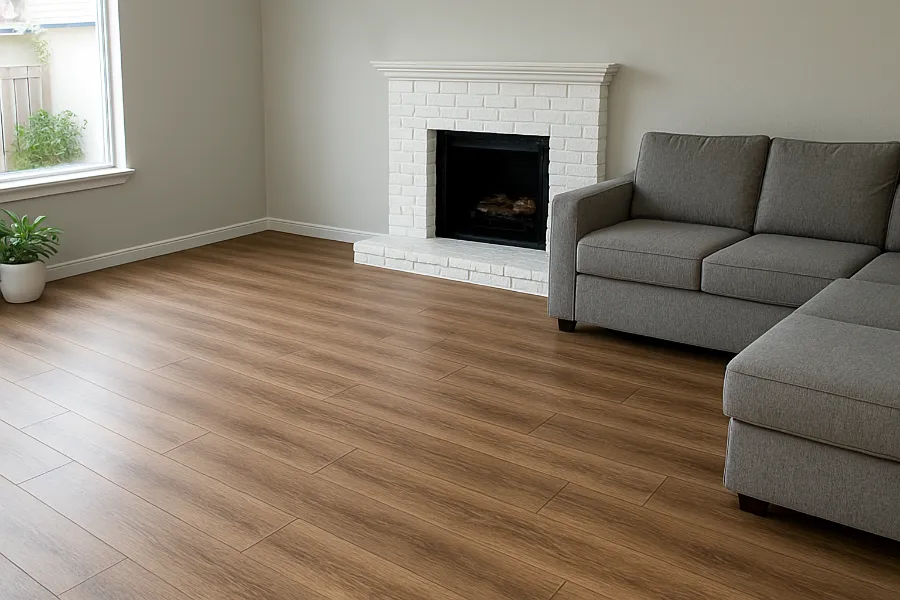
Final Thoughts: Why Flooring Before and After Matters
At the end of the day, flooring isn’t just about aesthetics—it’s about function, comfort, and long-term value. Flooring before and after projects prove that a new surface underfoot changes everything.
Floors are the foundation of a home’s design. They influence color choices, dictate traffic flow, and determine how cozy or polished a room feels. And unlike other design trends, flooring upgrades pay off not only in beauty but also in durability and resale value.
If you’re dreaming about your next renovation, start from the ground up. Invest in flooring before and after, and you’ll see why homeowners consistently call it one of the most rewarding transformations in home design.


